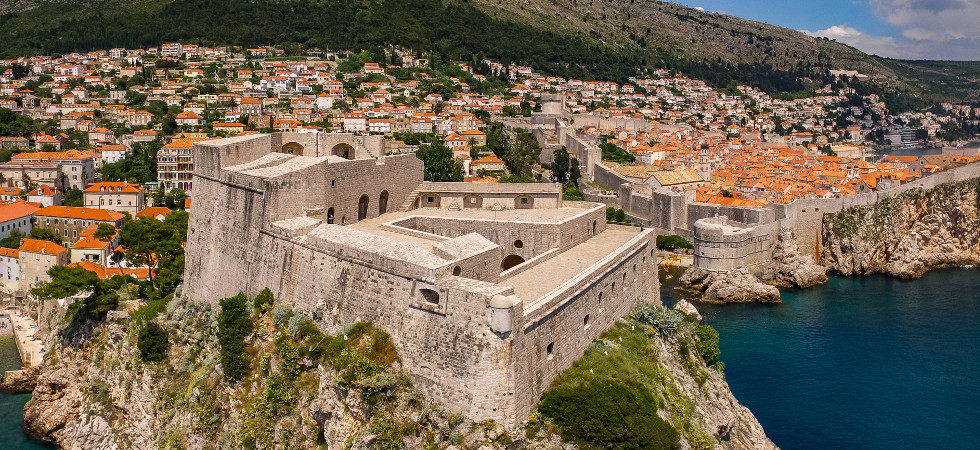Dubrovnik, in the southern region of Croatia and the Dalmatian province, borders the Federation of Bosnia Herzegovina and the Republic of Montenegro and is encircled by the Elaphite archipelago. Recognised as a UNESCO World Heritage site in 1979, this enchanting medieval city offers visitors a tantalising opportunity to take a glimpse into its rich and colourful tapestry of culture and history.
As a consequence of the break- up of Yugoslavia, Dubrovnik was besieged by Serbian and Montenegrin forces in 1991 and the city endured substantial damage caused by continuous shelling. Restoration and repairs projects, carried out under the direction of UNESCO, were sympathetic to the original styles and successful in preserving the character.
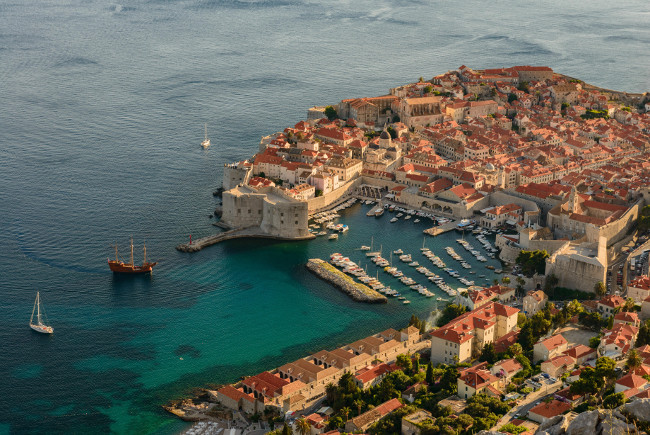
To learn more I made my way up Srđ, a low mountain at a height of 1,352 feet, and headed for the Museum of the Croatian War of Independence located within Fort Imperial, which was built in 1810 during the Napoleonic Wars. Exhibits include a wide range of documents, photographs, weapons, explosive devices, maps, military equipment and video recordings including international news reports.
For brave souls keen to experience a new perspective of the city and beyond, the nearby cable car station is popular. Soaring high in the air you are sure to spot Lokrum, the 180 acres of wooded island where, it is said, Richard the Lionheart was shipwrecked and cast ashore in 1192.

I prefer to remain on terra firma and after appreciating the view of the St Lawrence Fortress, which was built in the 11th century, and known as Dubrovnik’s Gibraltar, I headed back down the Srđ towards the Sponza Palace. Constructed between 1516 and 1522 the palace houses the national archives and one of the many striking features of the property is the ornate atrium, which was once a gathering place for traders.
Luža Square, in front of the palace, is the site of the opening ceremony of the Dubrovnik Summer Festival, which began in 1950 and is held from July 10th until the 25th August. More than 70 open-air theatre, opera and dance performances are held on the city’s squares and terraces and in fortresses, churches and palaces. One of the most popular events is the performance of Hamlet at the St Lawrence Fortress and of course it sells out fast!
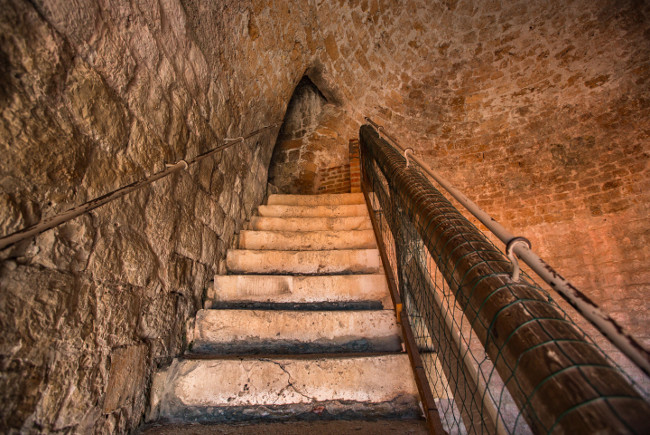
Whilst strolling around the meandering streets of the city I constantly admired the imposing walls, which are 1,940 metres high. During the 14th century, the walls were strengthened by 15 forts and again in the 15th century, to deter the Turks, additional forts were built until the entire town was encased.
For an outstanding panoramic view of the city and eager to view the bright Croatian sunlight flooding over the terracotta roofs I made my way to the top terrace of Fort Minčeta, located on the highest point of the city walls. This fort, which was once square, was built in 1319 and in 1464 it was modified to form a circular shape. Fort Minčeta recently featured in the popular HBO series Game of Thrones and it is quite simply mesmerising.
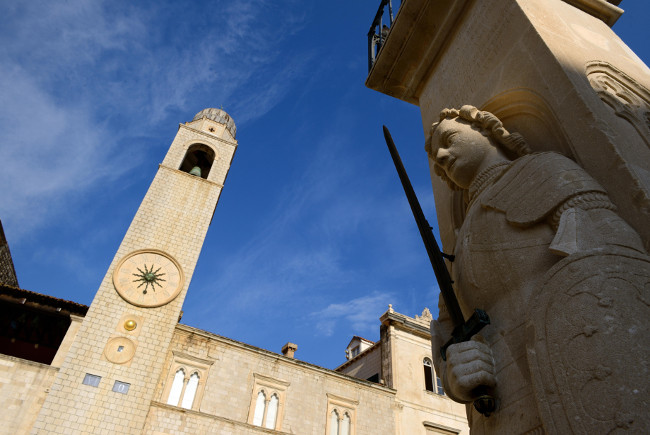
Making my way to the Church of St. Blaise, another popular site, I stopped to admire Orlando’s Column, which features the armoured knight bearing a sword and shield. Carved in 1418 by Antun Dubrovcanin, a local master, the statue is a symbol of Dubrovnik’s freedom and the celebration of the raising of the flag takes place here to mark the opening of the Dubrovnik Summer Festival.
The Church of St. Blaise is an outstanding example of the Baroque architectural style. St. Blaise, is the patron saint of the city and this dazzling church, was built in 1715 by Mario Gropelli, the Venetian sculptor and architect. The elaborate features on the façade include four magnificent Corinthian columns and a free standing statue of Saint Blaise and the interior of the church is ornately decorated and very detailed to enrapture the viewer.
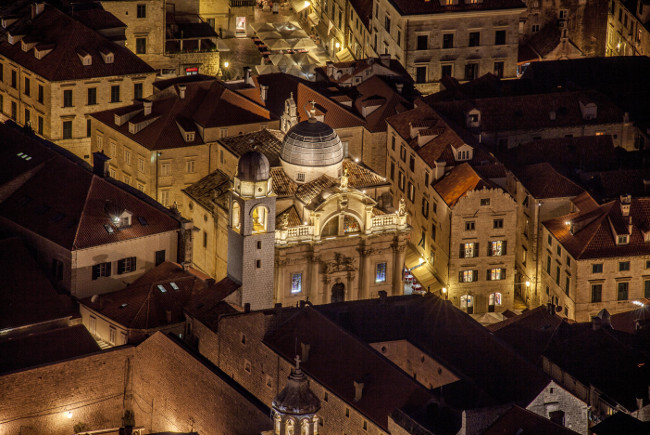
Wandering around the cobbled stoned streets outside I decided to visit the 360 Restaurant, which is a short stroll away on Ul. Svetog Dominika. Recipient of a Michelin Star, this restaurant features a lovely terrace, which stretches along the medieval walls and the fortress of St John.
The dining room, which features a kitchen encased with glass, allows diners to view a bevy of chefs creating two five course tasting and a la carte menus. The cuisine is inspired by local and Mediterranean flavours and ingredients and this is an exceptional dining experience. I opted for the succulent octopus and the flavours of the lime ravioli and fish soup were sublime and accompanied by a glass of the fresh and smooth Malavazia Istriana the flavours were enhanced perfectly.
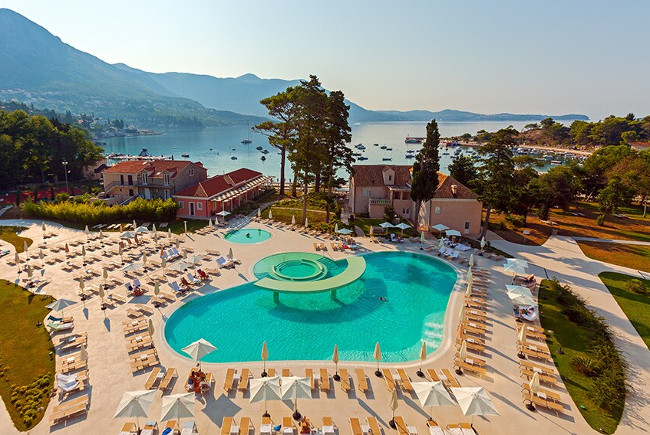
Following my arduous explorations and feeling rather guilty after indulging in too many delicacies throughout my visit I hailed a local taxi and headed for the Sheraton Dubrovnik Riviera Hotel for a leisurely lap or two in the gorgeous outdoor pool followed by a snooze on a comfortable sun lounger. Later in the evening I wondered around the verdant gardens leading down to the beach and after the hustle and bustle of the city this calm and relaxing retreat was just the ticket.
Accommodations include spacious and contemporary furnished one bedroom executive suites measuring 45sqm, which are located on the higher floors of the property. The separate lounge and bedroom both feature spacious balconies; the perfect spot for a pre or post dining tipple, and the floor to ceiling windows ensure that the areas are flooded with natural light.
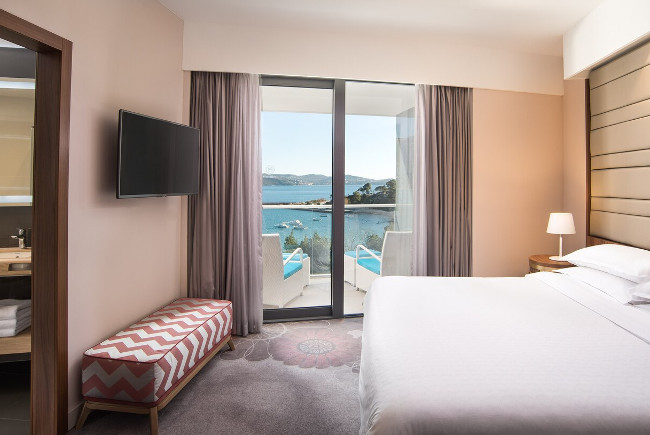
In-house dining options include the Leut Restaurant, which serves a wide range of international and local dishes with an impressive wine menu. The extravagant buffet breakfast is first class and as I devoured a juicy slice of water melon and gazed upon the twinkling waters of the Adriatic I reflected on the words of George Bernard Shaw who visited the city in 1929 …. ‘If you want to see heaven on earth, come to Dubrovnik’.
Images (excluding accommodation) provided courtesy of The Croatian National Tourist Board












